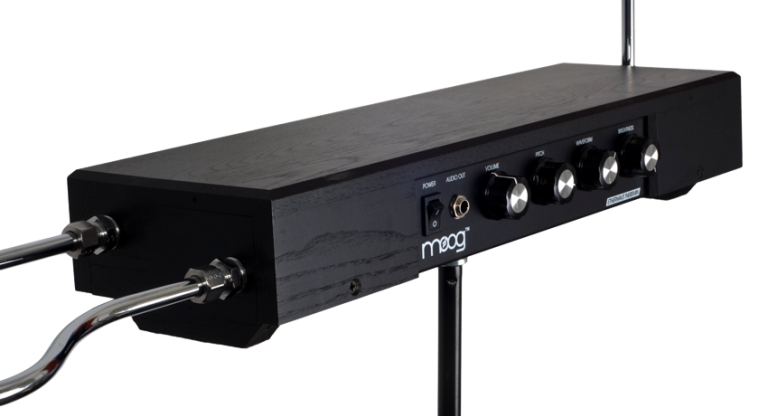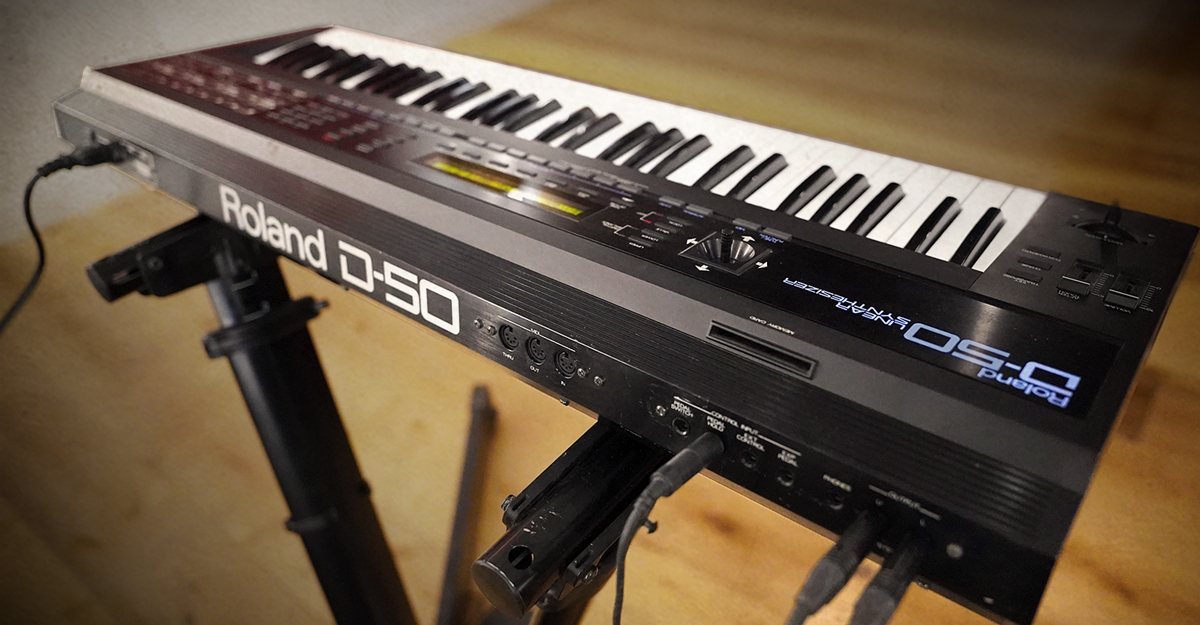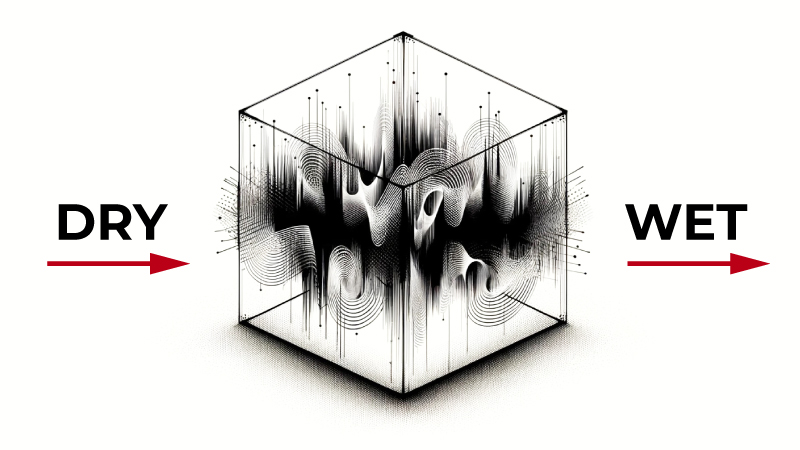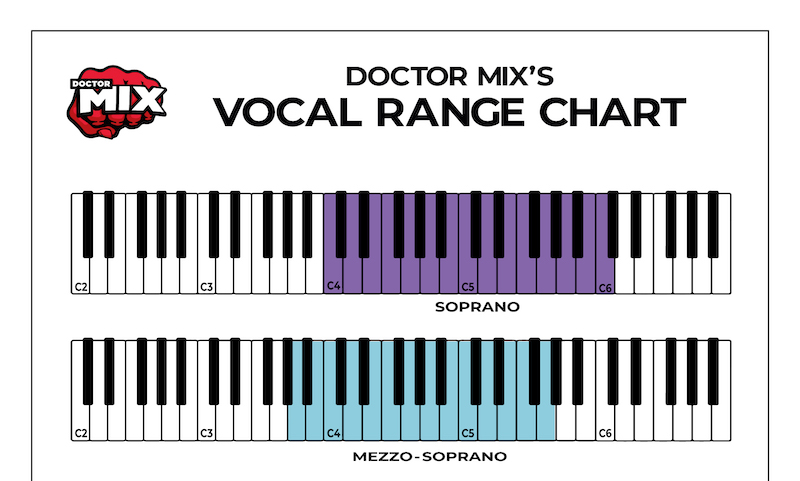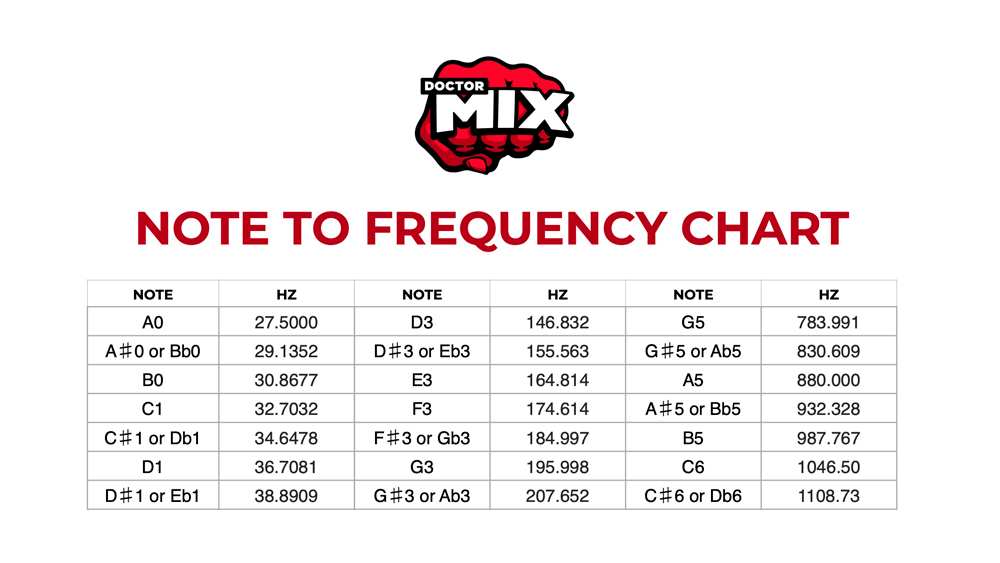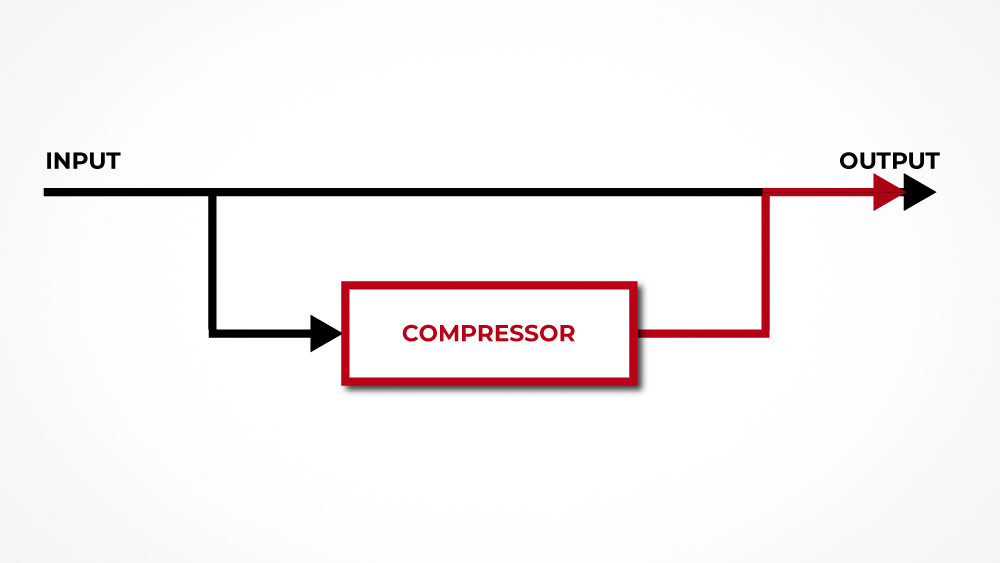How can I make my mixes louder?
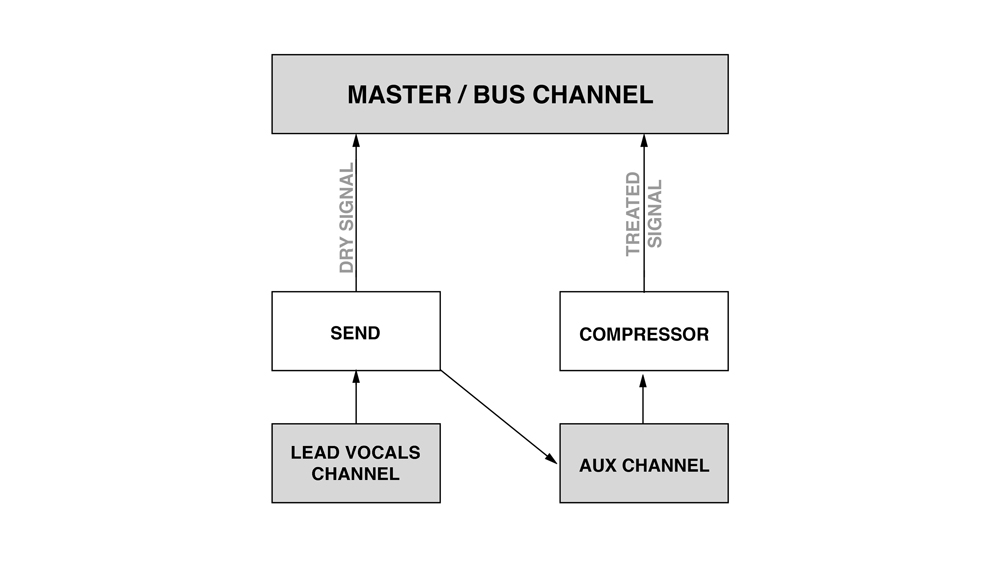
To start things off, don’t expect to slam a limiter on the bus, crank down on it, and get your mix as loud and powerful as any other commercial release! It doesn’t work like that. Achieving loudness in your mix, or mastering the art of how to make my mix louder, involves every step of the mixdown process. Of course, it also involves having a good quality recording to begin with, but for the purpose of this article, we will focus mainly on explaining how you can achieve loudness with mixing.
1. START WITH A GOOD QUALITY RECORDING FOR A LOUDER MIX
Make sure that the sounds are well recorded and powerful in the first place. If you have to select a kick drum, choose one that has more body and more weight right from the start, rather than selecting a weak sample and trying to improve it later on. The same applies for all the other instruments you work with: try to record them well and as cleanly as possible. This is the first step in learning how to make my mix louder.
2. COMPRESS IN STAGES FOR MAXIMUM MIX LOUDNESS
Don’t put all of the compression at the end; compress little by little each time. A powerful kick drum and a powerful snare drum will begin with little compression on each channel, a little compression on the drum bus, and a little compression on the bus channel. Learn more about compressing in stages and bus routing here.

3. ENHANCE MID FREQUENCIES FOR PERCEIVED LOUDNESS
The important information in a musical piece is in the mid frequencies. Your ear is designed to hear them better than the rest; mid frequencies are most prominent in human speech, for instance. If you want to make a bass drum louder, you don’t necessarily have to make the low end louder. Most of the time, all you need to push is the mid frequencies, which can be counter-intuitive, but that’s how it works. The mid-range is what will mostly determine how loud your mix is.
4. MANAGE THE LOW END FOR A BALANCED, LOUD MIX
In terms of electricity, the low end is where most of the energy goes. Therefore, it’s much easier to fill up your master bus with low frequencies than it is with high frequencies, so try and make as much room as possible for the kick and bass: take everything below 80 hertz out of all the other instruments, like piano, keyboards, etc. Leave room for the kick and bass to do their thing.
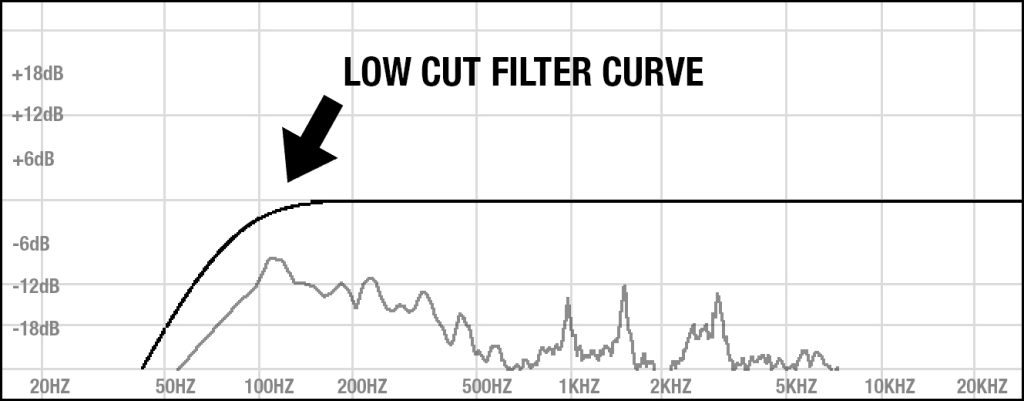
5. AVOID BASS FREQUENCY CONFLICTS FOR LOUDER OUTCOMES
Make sure that the bass and the kick drum are not fighting for the exact same spot. Make a clear decision about who wins the battle between the bass and the bass drum and who’s covering which frequency of the low end.
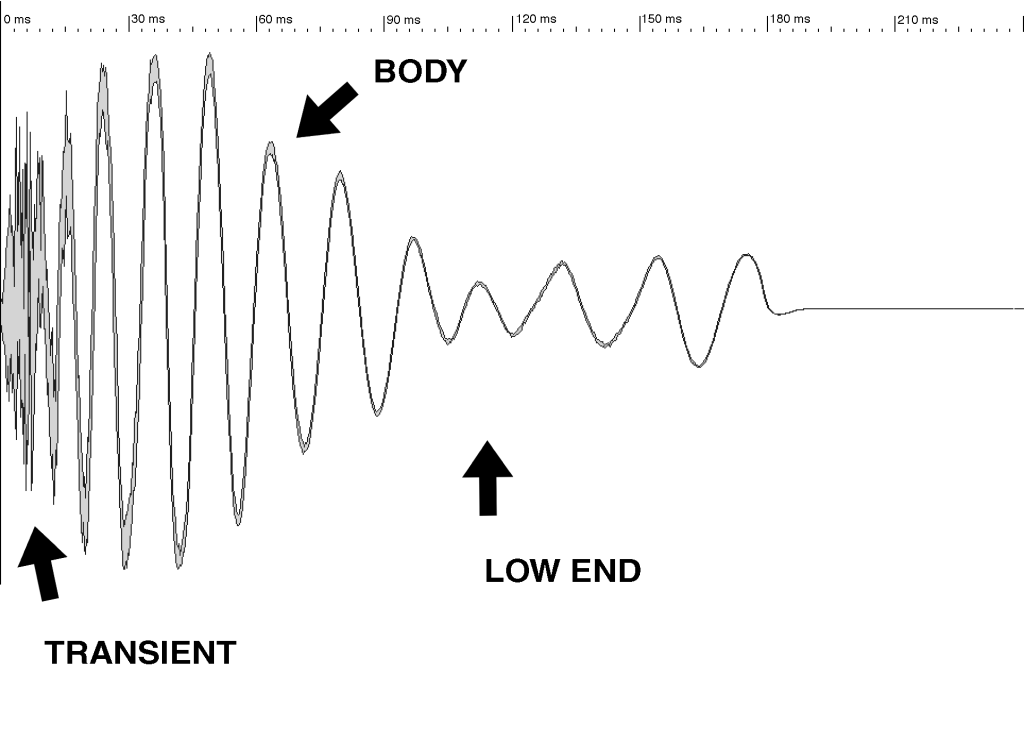
6. USE COMPRESSORS WISELY FOR A LOUDER MIX
Most compressors don’t work too well with “out of control” bass frequencies; they react well to mid frequencies instead. If you want to achieve loudness, push the mids a little bit going into a compressor. Some of the better compressors have a control to filter out the bass from the detection circuit, to avoid the “pumping” effect. If the low end is not well behaved, it will mislead the compressor and your sound will be weaker instead of stronger.
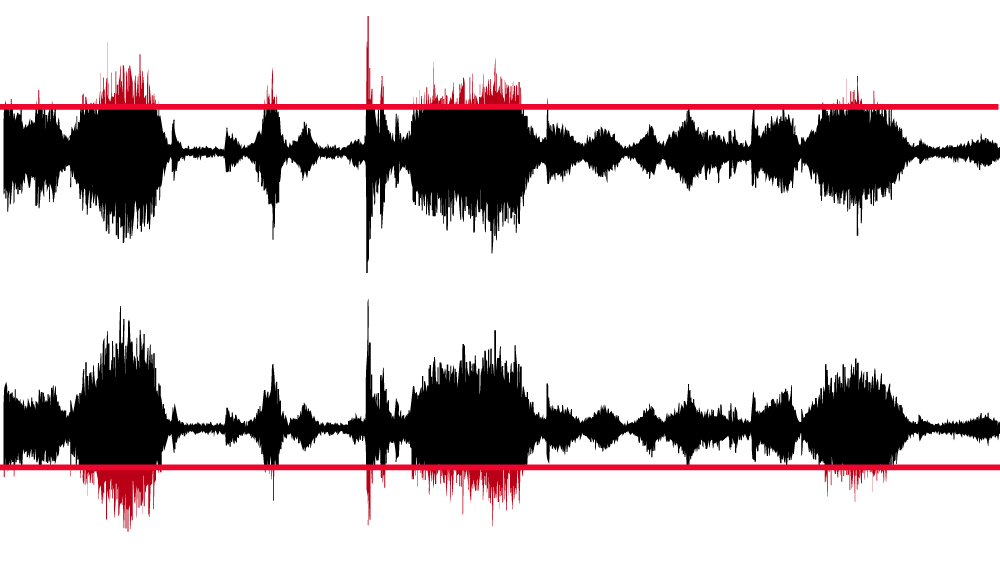
7. DISTORTION: A TOOL FOR ENHANCING LOUDNESS
Distortion sounds like a bad word, but it is a great way to add harmonic content to your sound. Using saturation can really help a sound cut through the mix, especially vocals, drums, bass, guitar, and lead synths. You can get good saturation with lots of plugins, like SoundToys Decapitator, Magneto II on Cubase, or even the good old Lo-Fi on ProTools. We like to use tubes for that (see our video below). In other words, distortion, if used wisely, can increase perceived loudness.
8. MASTERING YOUR BUS FOR OPTIMAL MIX LOUDNESS
Yes, use a good compressor on the master bus. There are so many great ones out there, both hardware and software. We like the SSL, the Phoenix, the Zener, the Maselec, and the Shadow Hills. But always use a slower attack time, like 20 or 30 ms: that will retain your transients and not kill your mix. Also, find a good release time, something that makes your needle “dance” along with the beat. Then you can limit away with your limiter of choice: Waves, Slate Digital, iZotope, Massey, UAD… There are so many available on the market, it’s just down to your personal taste. But please remember that loudness is not everything! A song with good impact does not mean a song that is just loud; it means a song that has a good balance of dynamics and loudness.

Make beautiful music, enjoy life, and rock on!
Love,
Claudio & The Doctor Mix Team

